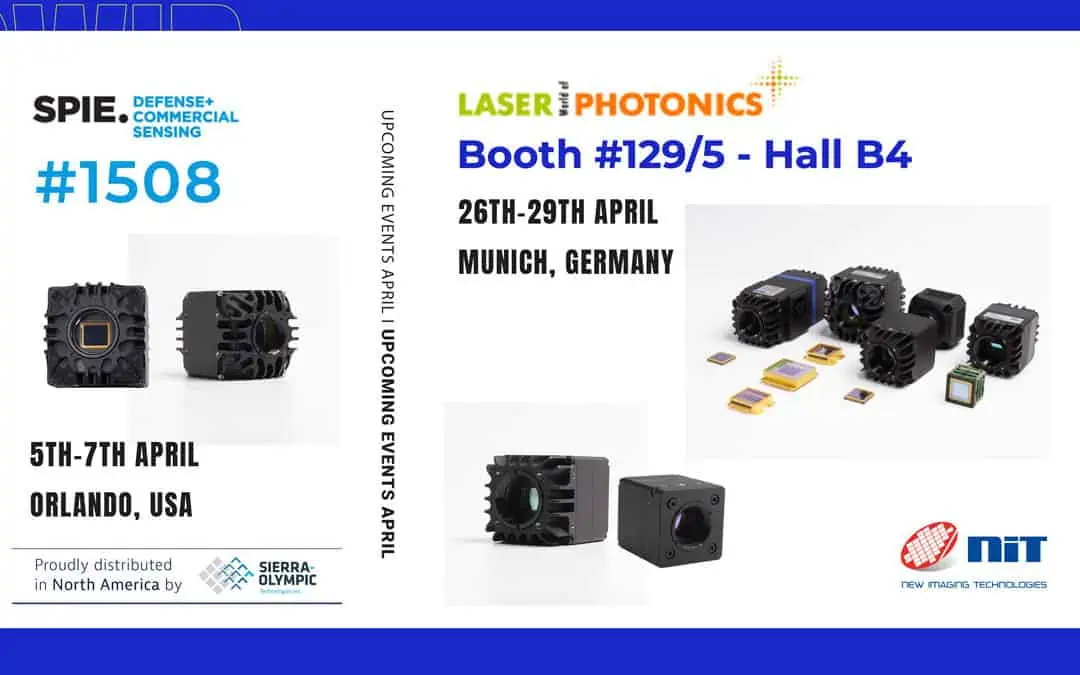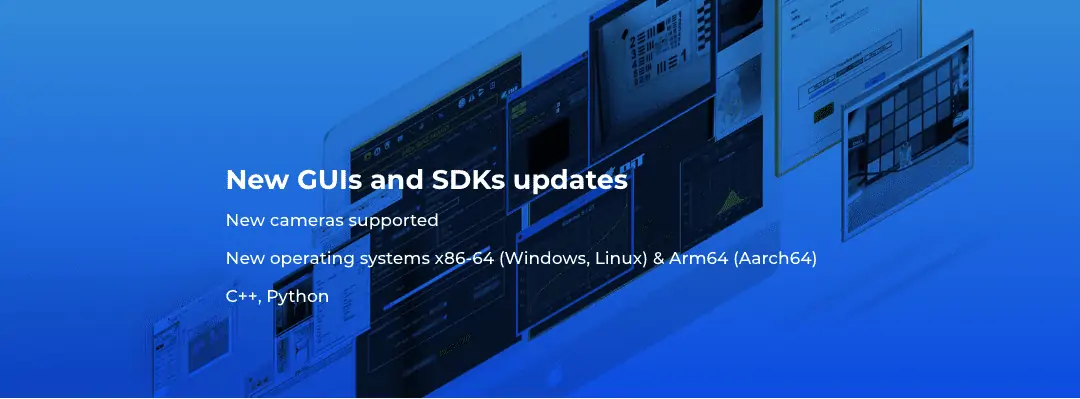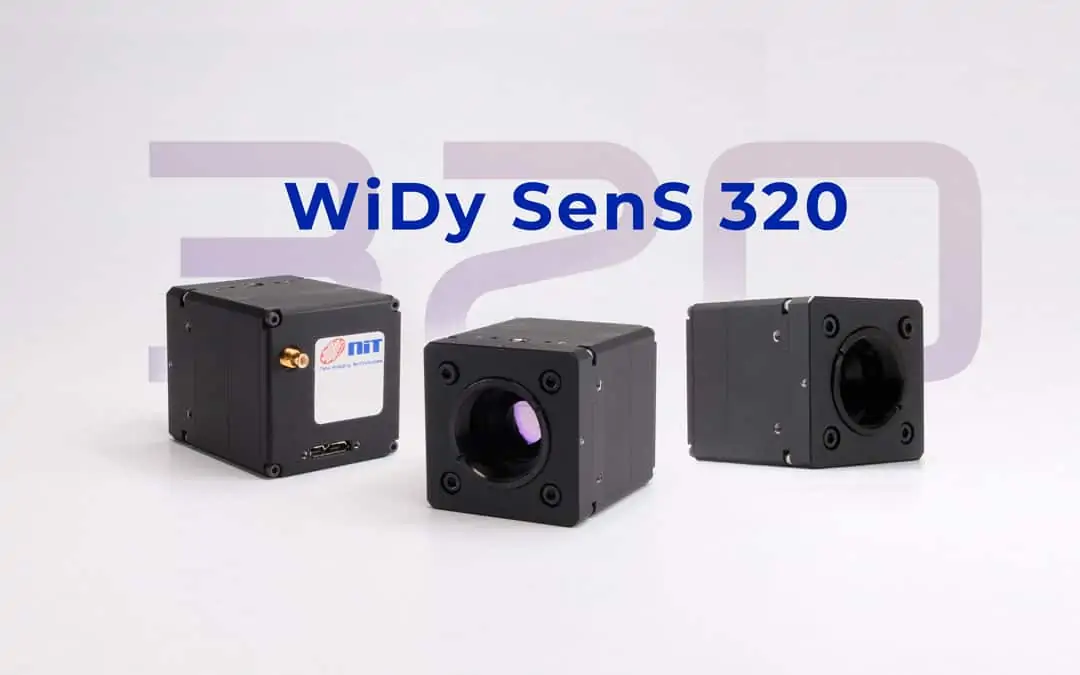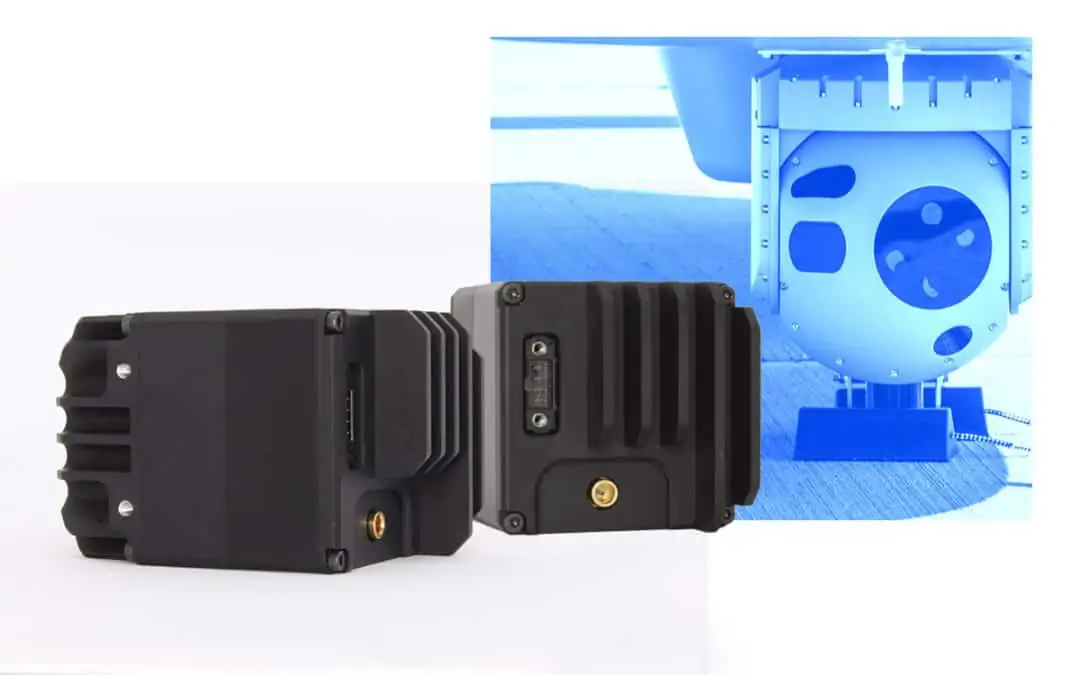
April upcoming events & new software updates
5th – 7th, April
SPIE DEFENSE + COMMERCIAL SENSING
Orlando, Florida, United States
A hands-on demonstration of SenS 1280
Our Sales Director, Régis Tulaza, will join the Sierra-Olympic Technologies team throughout the show.Stop by booth #1508, in Orlando, Florida, United States, from April 5th to 7th, 2022. Email him now to reserve an appointment in advance.
26th – 29th, April
LASER World of Photonics
Munich, Germany
Join us at Laser World of Photonics 2022
Hands-on and experience our SWIR cameras directly at Laser World of Photonics 2022, from 26 to 29th, April, in Munich.Booth 129/5 – Hall B4 is a must.Our experts are waiting to discuss with you all ambitious and innovative projects. Here’s who you can expect to see at our booth:
- Régis Tulaza, Sales Director
- Martin Dutertre, Sales Area Manager
Martin Schweitzer, Camera Product Line Manager will be on-site for 2 days (Wednesday 27/04 and Thursday 28/04).
If you want to meet a certain member of our team, shoot them an email and organize a time to catch up.







